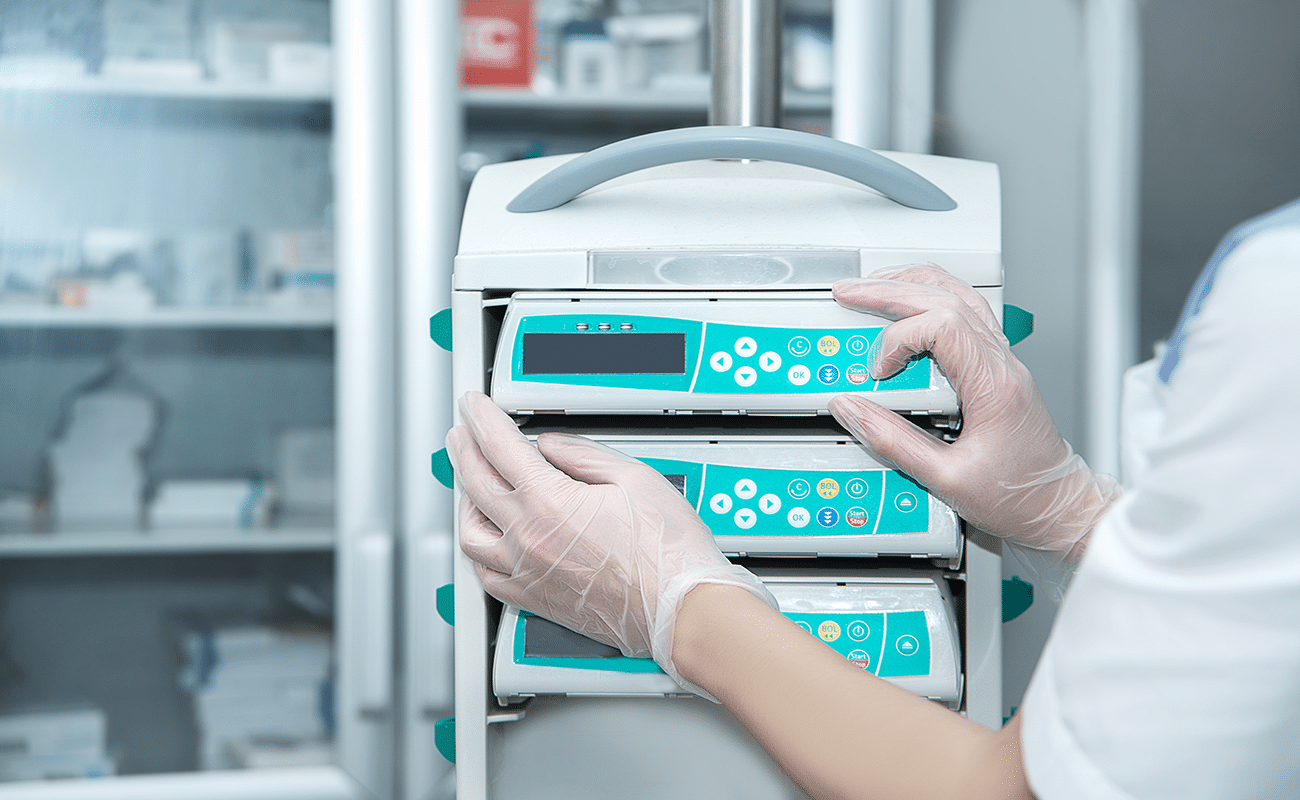
Without RTLS, there’s no way to truly understand asset utilization in your hospital
Think about the size and complexity of a hospital: hundreds of rooms and miles of hallways, all of them full of people 24/7 with thousands of pieces of equipment – much of it on wheels and moving many times per day.
Now imagine you’re trying to understand not only where those pieces of equipment are located at any given time, but also your fleet’s utilization: how long it takes for equipment to go from a ready state, to in use with a patient, to cleaning, to a ready state again.
If you don’t have a real-time location system (RTLS), your efforts to understand your equipment fleet’s utilization will be futile.
This post will explore the concept of utilization, how it can be measured, why it matters to your hospital’s bottom line, and how an RTLS can provide the data you need to effectively manage your hospital’s fleet.
What is utilization?
Utilization rate refers to the number of pieces of equipment in use at a hospital at any given time. For example, if your hospital has 100 infusion pumps and 80 are in use at any given time, your utilization rate would be 80 percent.
In general, you want your equipment to have a relatively high utilization rate – that means you don’t have a lot of equipment sitting idle. To achieve this, you want to make sure you’re managing your inventory effectively, ensuring your staff can find clean equipment when they need it.
Using the same example: If your hospital has 100 infusion pumps, but all 100 are waiting in a soiled storage closet to be cleaned, in that moment you essentially have none.
How is utilization measured?
Some pieces of equipment provide variables to the utilization equation. Infusion pumps, for example, can tell you their run time – how many hours in a day they’re operating. But that doesn’t account for the time a pump spends in the hallway before it’s collected for cleaning, or how long it waits in clean storage to be picked up and used again.
To have true visibility into your equipment fleet and measure its utilization, you need to understand the entire duty cycle of your equipment: not just the time it spends in operation, but also all the steps between uses.
Why does utilization matter to your hospital’s bottom line?
Without understanding your utilization rate, you’re flying blind when trying to assess how large your fleet should be.
If your hospital has no idea how your equipment is being used, you’re likely relying on anecdotal feedback to assess your purchasing decisions. When your staff have trouble locating clean, ready-to-use equipment, their default response is to ask you for more equipment. That decision-making process isn’t even an art, it’s just a guess – and hospital equipment is bought like that all the time, to the tune of millions of dollars in wasted spending.
How can an RTLS provide the data needed to effectively manage hospital fleets?
Knowing the location history of your hospital’s assets allows you to analyze your entire workflow.
With an RTLS, you’ll have a clear picture of that workflow and be able to see precisely where equipment is at any given moment, and how long it’s been there for. Once you can map and measure all that time, you can identify problematic areas you can tweak and make improvements to increase your utilization rate.
Using the infusion pump as an example one more time: say you learn that pumps typically sit idle for an extended period in a soiled equipment closet before being collected for cleaning. If you make a change to that cycle so the infusion pumps are collected and cleaned daily, they’ll go back into service faster, increasing their utilization rate, and likely reducing the number of requests for more infusion pumps to be purchased.
Use RTLS to increase your utilization rate
With Cognosos, your hospital can track equipment with room-level, enterprise-wide accuracy — providing exceptional visibility into your fleet’s utilization rate without high costs and disruption. That means better patient care, less wasted time for staff, and significant financial returns for your hospital. Contact us today to learn more.


